Every musician has a trick up his or her sleeve to achieve a memorable (if not exceptional) performance. Hence, this expertise can be due to years of experience performing in different venues. Musicians rely not on their stage personality but instead on the sound they create in a live setting. That’s why ensuring a perfect tone is essential. A keen listener will always know if the note is sharp or flat. For someone who has collected recordings for more than twenty years, I can detect if a vocal performance or instrumental part is not perfect in pitch.
A single tone that’s off-key can affect a musician’s career. His or her credibility will suffer if such misstep happens. Why? A musician is a messenger of emotions to the listener through songs. A souring performance can uplift the mood of an audience, thereby elevating the role of a musician into an icon. A bad performance can color a musician’s reputation, losing the audience or the support of the venue. So how does a musician ensure a kind of recording or performance in the highest standard? Thus, this is through the perfect tuning of the instrument.
I remember when I used to be in an amateur band where tuning was a crucial part of every gig. It’s easy to know if a bass or guitar is out of tune through a rehearsal. People used to rely on manual tuning where the guitar’s EADGBE strings coincide with the neighboring string. For the more sophisticated bands, they had tuning forks or analog tuners and other gadgets they can use to ensure accuracy of pitch. Today, a digital tuner assures the accuracy of pitches regardless of the kind of tuning you do.
You may ask why this is so? The thing is, some tunings are not in the standard EADGBE guitar tuning. Irish music relies on the DADGAD tuning used in Celtic music. This tuning sounds exotic, and you will know right away if the song is a piece of Celtic music. Thus, this is a unique tuning, and yet, the use of a chromatic tuner will ensure that each respective note in the scale still syncs. Each follows the right melodic format. So, every chord or melody is not out of synch. Hence, this is why a chromatic guitar tuner is very important.
Why Is It called Chromatic?
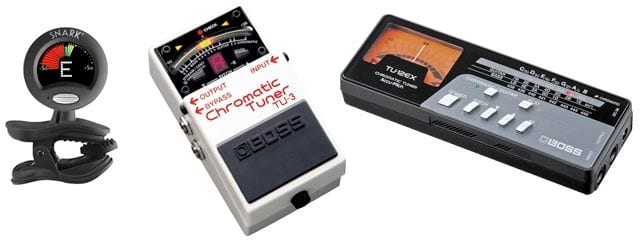
Chromatic or chromatic scale/melody is a term from Classical music. It means successive notes in a scale-like all the keys in the piano. Thus, this includes white and black keys. In visual art, chromaticism refers to colors linked to each other — for example, green, yellow-green, yellow, yellow-orange, and so on. A meaningful subject to take note of, especially when you are dealing with a performance where you need to tune your guitar half-step (a fret below) or one-step (a fret below).
There is a vocal performance where a singer needs to sing a song, a step below the original key to ensuring he or she doesn’t bobble or sing out of tune. So a musician must tune his instrument below the standard key. Thus, this is not a problem with the piano or other devices. But for a guitar, a half step below the key needs tuning, and this can be done by loosening the strings or tightening them.
To ensure it plays a key a semitone below or above the original tone. Thus, this is not a problem with a whole note as the guitarist can use a capo on a fret to adjust the tuning. But this can be problematic with the sharp and flat tuning. That is why a chromatic guitar tuner is very popular these days. It ensures accuracy and speedily does the job.
The Old Way of Tuning
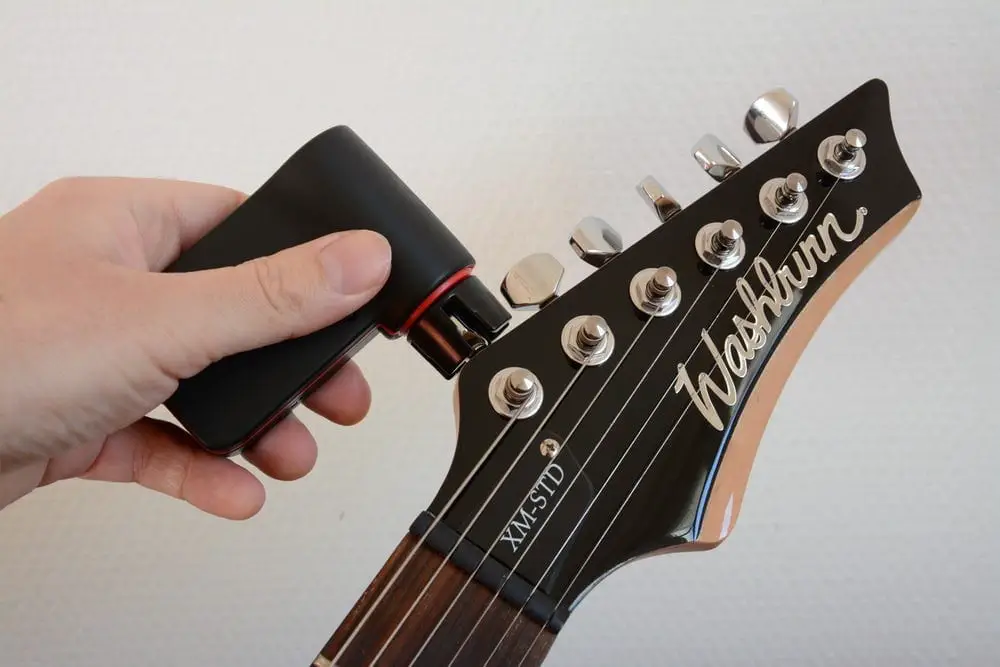
The old way of tuning relies on the pitches each guitar string concerning the string beside it. This old way is for expert ears who can detect if a string is out of tune with the rest. But this is also inaccurate, especially when you are doing other types of tunings. For example, artist Joni Mitchell has insane Jazz tunings in her recordings that do not rely on the standard EADGBE open string tuning. She also tunes her guitar based on the ambient sound of her venue. Can you imagine playing a different tuning in one venue and needs to change it as you move to the next gig? But, all great musicians like Mitchell have mastered the trick of the trade.
The analog tuner was the trend in the 70s, and this was the standard among recording artists. There’s a meter that indicates the pitch. Set the kind of note you want to tune the guitar into, and the meter will state the assurance or if you’ve turned it to the right spot. However, this applies to standard note, and this has nothing to do with the sharps and flats that you want to get into the tuning.
So, even though it was easy for standard tunings, musicians who want to tune their instruments half a note below the standard still had problems. They had to use other means in doing this, which can be time-consuming unless their ears are perfect for analyzing chromatic notes.
The Birth of Chromatic Tuners
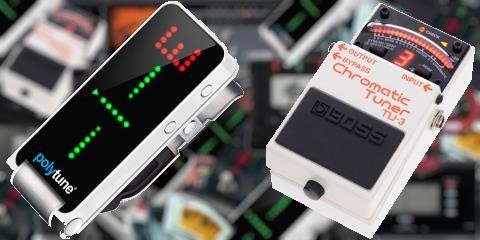
A standard tuner will tune what’s already there. All you need to do is to compare the note that what’s in the tuner. What a chromatic tuner does is to ‘listen’ to your tone and then tell you what it is. That level of accuracy or precision is what musicians need in this speedy age. You will know exactly what note it is, and so it makes the correction easy. These chromatic tuners come with different sizes and styles used.
There are clip-on that is handy, and you can bring them everywhere. There are also pedal tuners that can go with your other guitar effects side by side. Chromatic tuners are portable and accurate. They are accurate because they convert analog sounds into digital data. Hence, this makes it easy for the computer to read and also translate the signal.
Pedal Chromatic Tuners

When you are a bassist or guitarist, you will want to have these tuners around. They have an LED display to give you the accuracy of your tuning. They have inputs and outputs. They are also not intrusive or visible so that you can put them along with your other guitar effects. They are also fun because of the modes of display that they have. These can be strobe mode or pin mode. The variations can extend depending on the brand and your usage.
Some of the best brands in the market are those made by Peterson, Korg, Snark, Behringer, Precision, NUX, ENO, M&S, and so much more. So far, Behringer has the highest review in the market with its TU300 Chromatic tuner. The requirements of good pedal tuners are the following. They should not take up much pedalboard, gearbox, or floor space. Size and durability are also qualities you need to look for. A tuner wrapped in aluminum is a popular one based on elegance and sturdiness. They come with a 9V battery or power supply. The former is an excellent choice for its portability.
Chromatic Clip-on Tuners
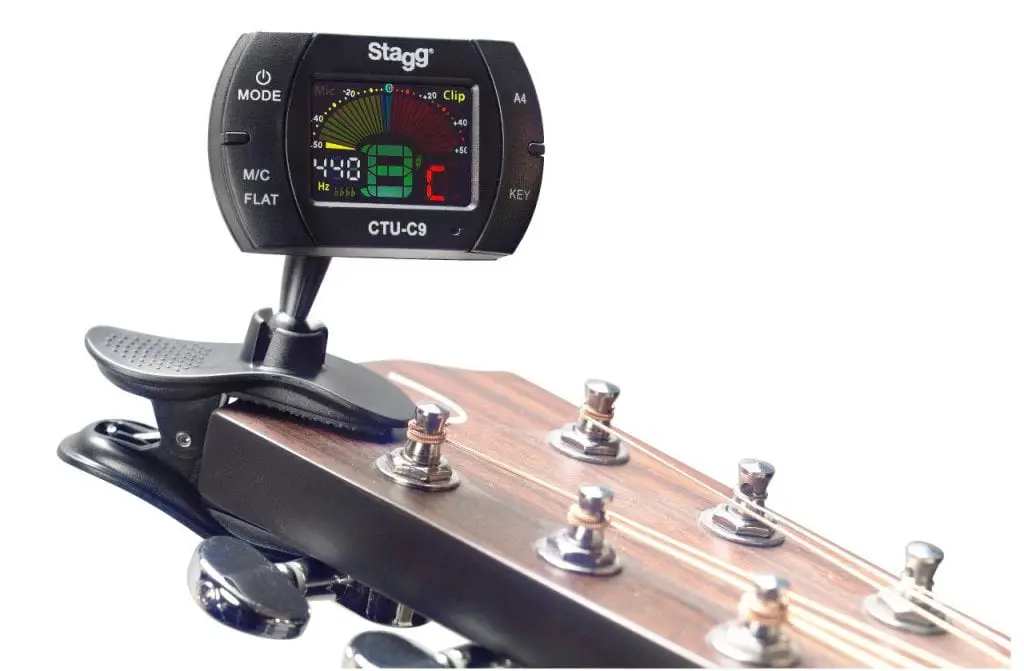
Clip-on tuners are famous for their versatility and innovation. They are handy for storage anywhere. They can help you tune small instruments like guitar, bass, violin, or even read the accuracy of notes. This tool can apply to your clarinet, trumpet, trombone, flute, or French horn.
They are also great in rejecting background noise, allowing a musician to tune any instrument in a busy and noisy background. Clip-on tuners come with 9V batteries. The characteristics of any tuner depend on the brand. They also have an LED or LCD display to read the tuning, identifying errors that you can correct before the recording or live performance.
Chromatic tuners have made the lives of musicians so much better. They are also great for kids to are tying to study music, where the accuracy of pitch is essential. They are also great as a way to develop your expertise in the field of recording, performing, and music production. Clip-on tuners are so far, more popular than pedal tuners.
Background Noise and Accuracy
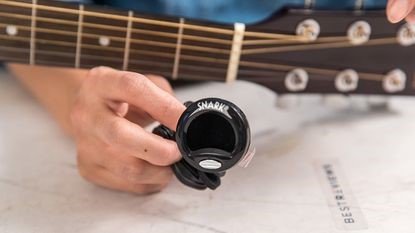
Chromatic pedal or clip-on tuners rely on vibration produced by note, to ‘read’ the accuracy of the tuning. External noise or low vibration produced by footsteps or motors can influence the accuracy of the readings. That is why having an output or input provides more accuracy. In order tuners like the analog tuner, they depend on the needle of the reader to strike 12 to know if you have the right pitch.
Chromatic tuners had a digital display. But this doesn’t mean that external conditions will not impact the accuracy of the readings. That is why you need to ensure that your tuner has adequate battery power, or it is not damaged, to produce perfect translations.
Chromatic Tuners in Relation to Musical Quality
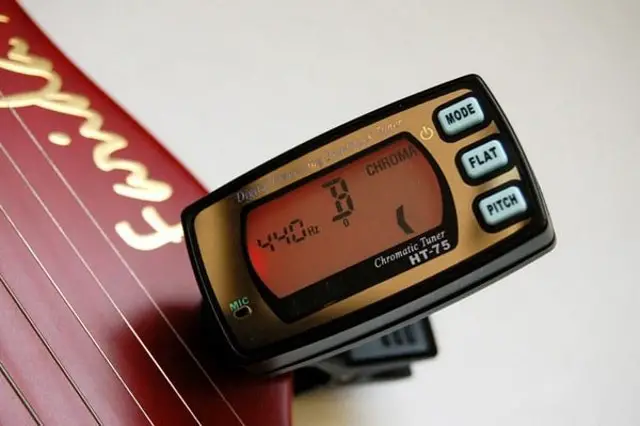
Technology has influenced how people listen and create music. In the ’60s and 70s, musicians have to rely on their super musical intuition. They used whatever technology was available at that time. Yet, they created timeless recordings. When you listen to Hotel California by Eagles, you have to be deaf not to recognize one of the greatest guitar intros in history. When you look to musical legends like David Bowie, you get to notice the kind of quality he puts on his instrumentations and also melodies. Back then, louder doesn’t mean better. You have to be the best to be a legend.
Fast forward to 2020, and everything is loud. 99% of the recordings rely on this huge and loud sound. Singers also use autotune to hide the flaws of their vocal abilities. A guitar that’s out of tune needs proper tuning in the studio to sound perfect. But the real test of their qualities is during a live performance. A live performance could not hide the flaws. A keen listener will always detect a guitar that’s out of tune or if the singer fails to hit the high Cs. That is why tuning is still very relevant and will continue to be relevant, while Western music continues to exist.
If you are an aspiring studio musician, then having your chromatic tuner is part of your trade. It is one of the ingredients in your musical sauce.
Things to Consider When Purchasing Chromatic Guitar Tuner

Look for quality, not quantity. You can identify an excellent chromatic tuner based on its brand and the online reviews from people via Amazon. Getting a cheap tuner might seem a good idea as of the moment, but in a year, it can become a headache. A good tuner is a good investment. You might sacrifice cash for the sake of having it, but you will save money in the process. Thus, this is because you don’t have to buy a tuner again and again.
Choose what works for you. Other people prefer chromatic pedal tuner, while others love clip-on. It depends on the kind of gig you do most of the week. Acoustic performers seem comfortable with clip-on, and this is due to their flexibility. Metal bands love chromatic pedal tuners. You also need to consider the kind of screen it has. If you are working in a dark environment, then getting a tuner with an illuminated screen is a good idea. Consider as well the size and shape. A tuner is a personal item, like a mobile phone. It is something you can’t live without when you are a musician.
Conclusion
Now that you have learned about chromatic guitar tuners, it is now time to consider getting one if you are a musician. The outdated ways of tuning can kill your time and accuracy. It is good to have something that has your back and can bring out the best in you as an artist.



